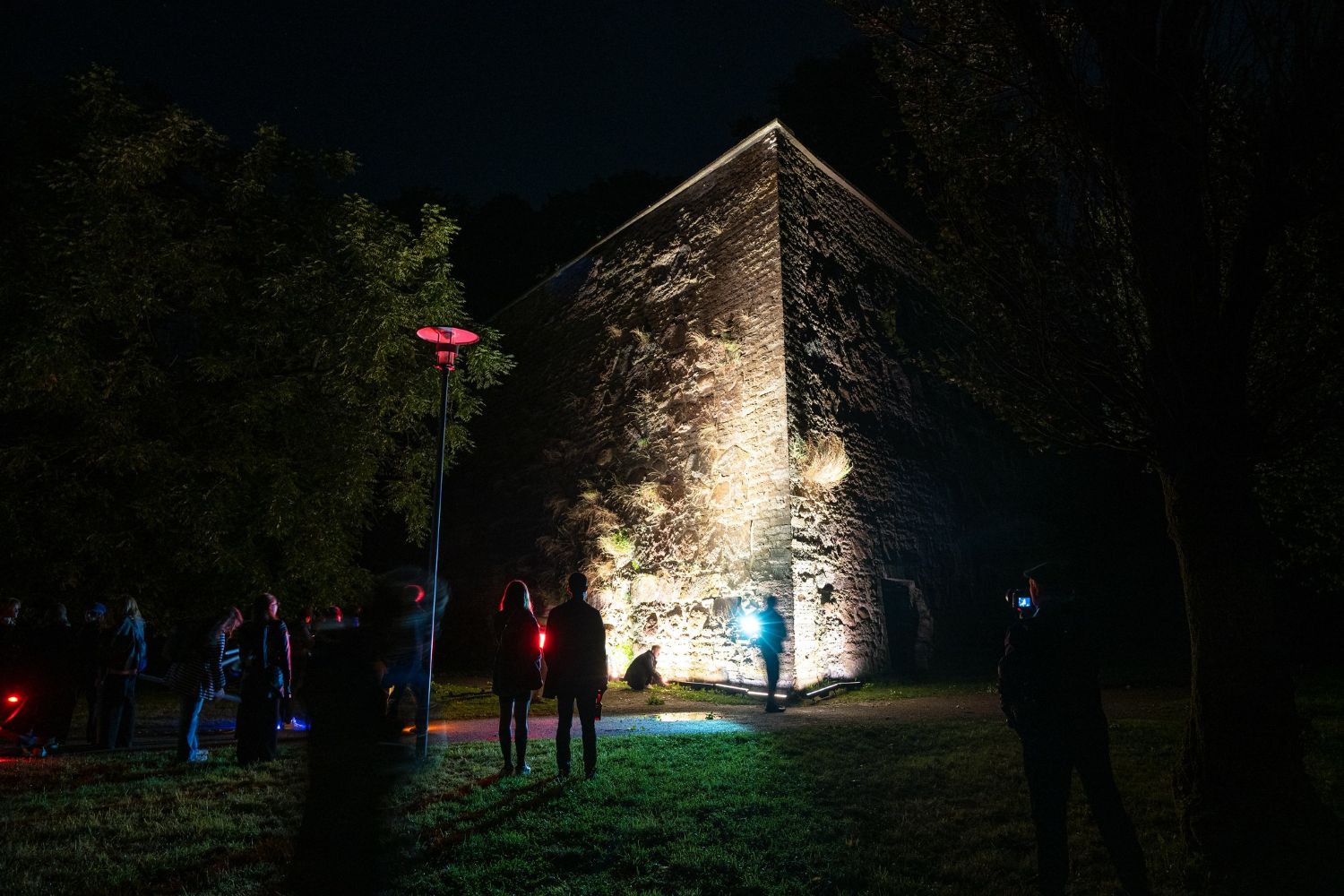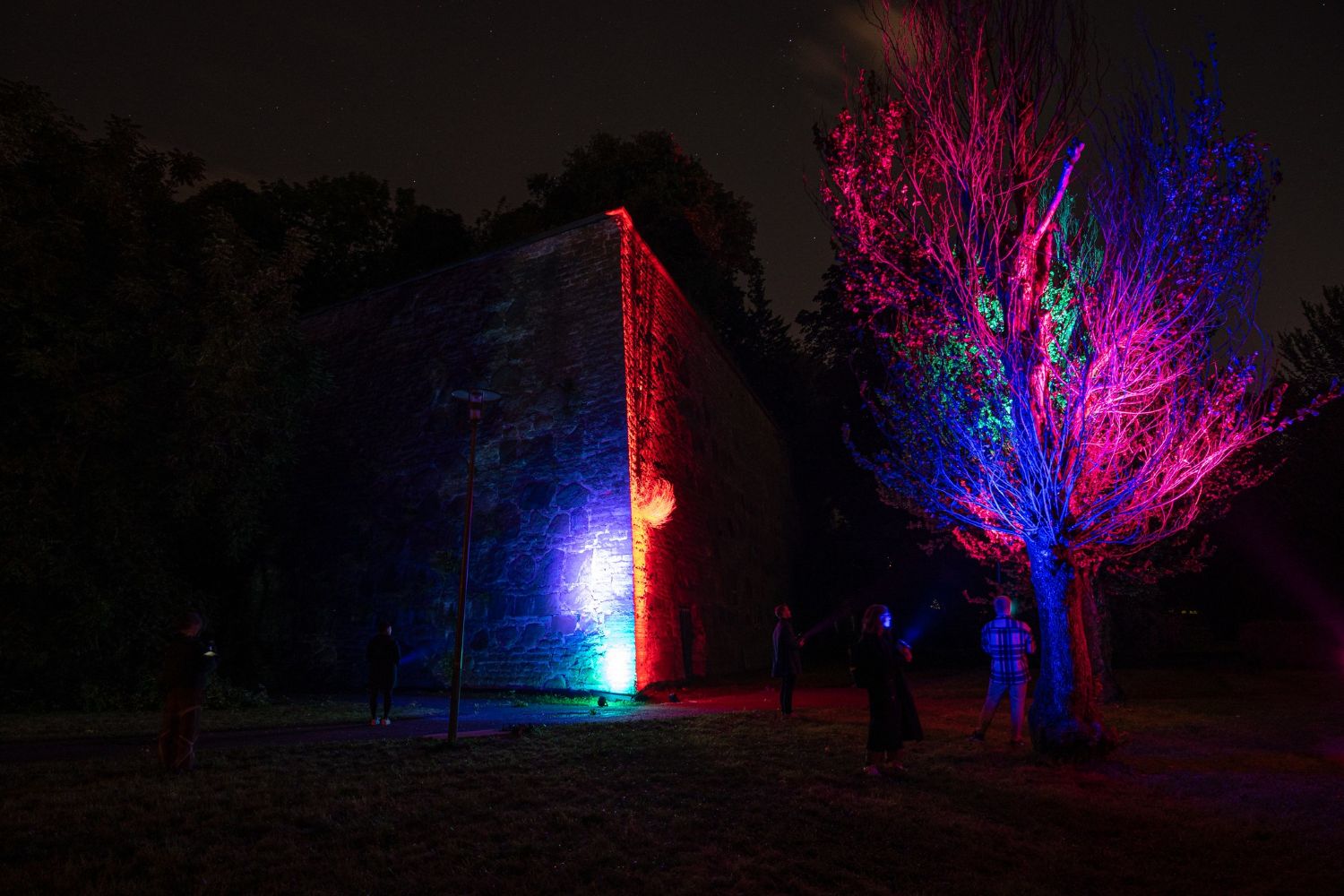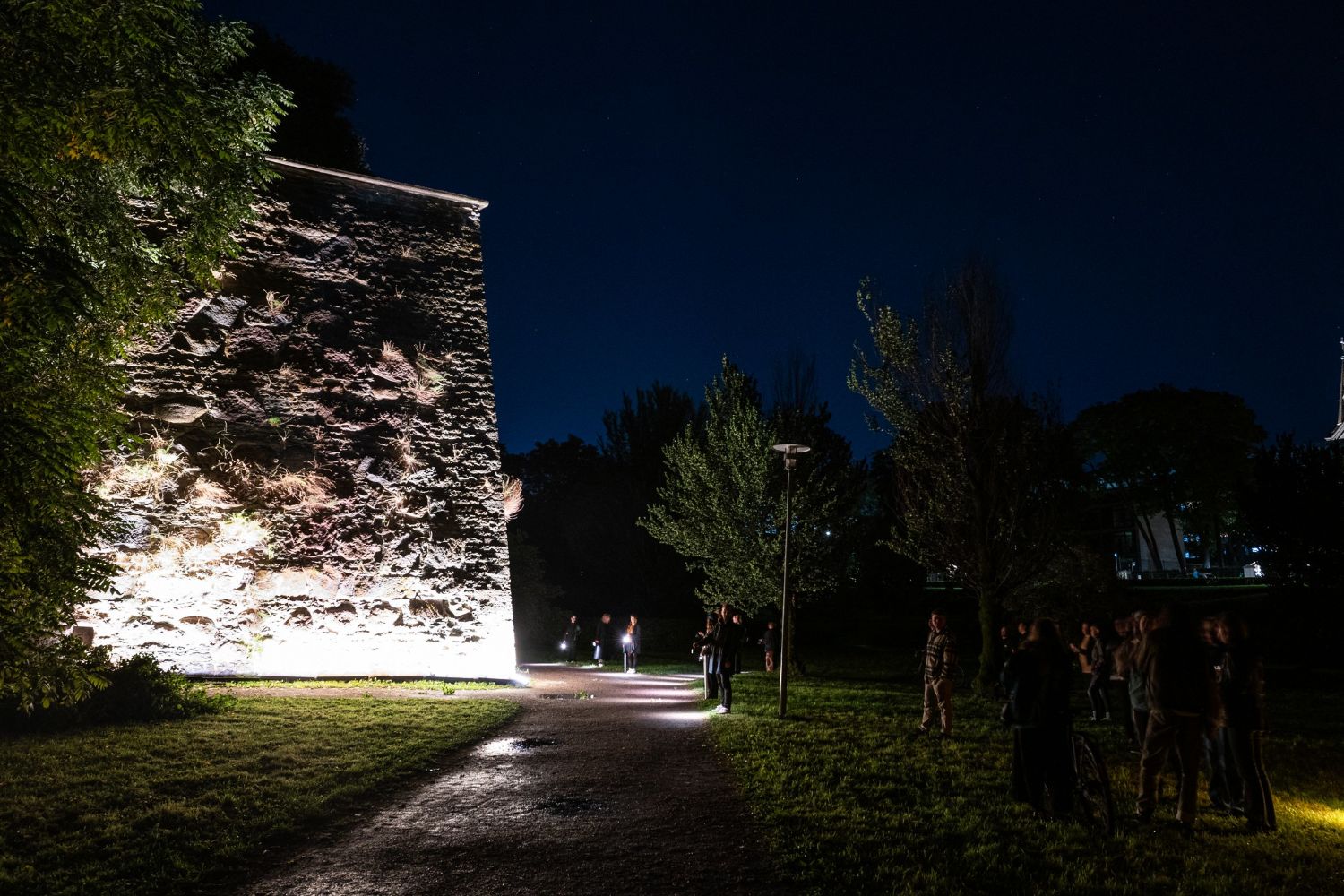The pilot site in Tallinn – Hirvepark – became recently the stage for a one-night guerrilla lighting experiment as part of the Art of Darkness project.
The event invited residents to experience the park in a new way – not through a traditional light show, but through temporary scenarios (prepared by lighting engineer Joan-Tähven Vene) that explored how light and darkness can coexist in urban public space.
From co-creation to exploration
The evening began with a participatory session at the Kaasamiskeskus Avalinn (an exhibition and co-creation space), where visitors tested a specially designed board game created by researchers from the University of Oulu.
The game collected ideas and feedback on how Hirvepark feels after dark and how lighting there could be improved in the future.
As night fell, the action moved into the park itself.
From 20:30 to 21:30, around 20 students and volunteers from TalTech and the Estonian Academy of Arts created a series of temporary light installations using battery-powered lamps.
These playful interventions highlighted the park’s historic bastion walls and staircases, opening up the darkness in surprising ways.
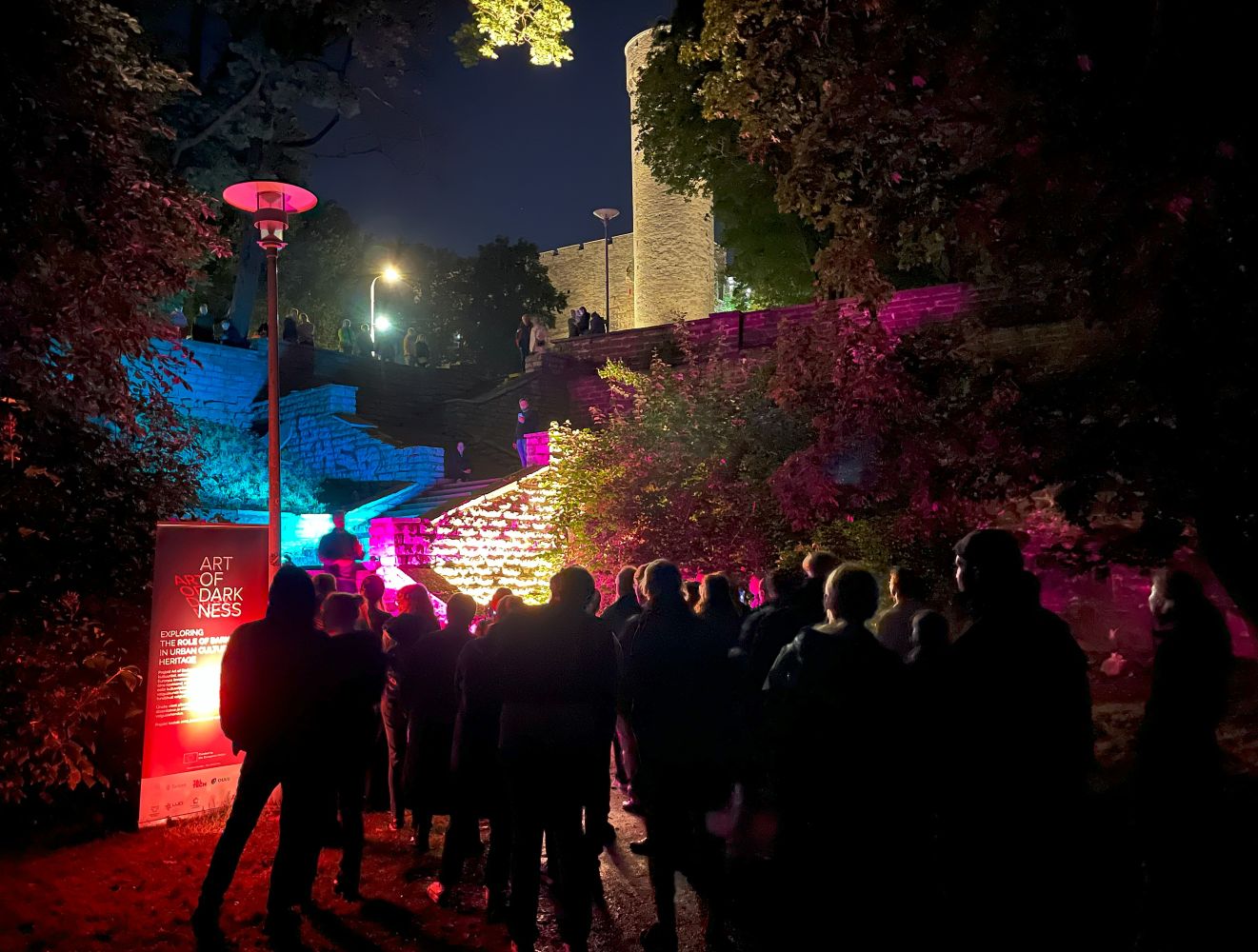
A learning experience to reimagine darkness in the city
Despite the experimental nature of the event, it drew significant public interest – with well over 100 people gathering to watch. While some expected a large-scale light show, the action’s aim was instead to test small-scale, flexible scenarios that could inspire future lighting solutions for the park.
For the students involved, the evening also offered a hands-on introduction to guerrilla lighting as a design method. Many left intrigued about lighting design and its role in shaping the atmosphere and safety of public spaces.
The Tallinn test demonstrated the potential of creative, low-impact lighting to reframe the city’s nocturnal landscape.
more images from the event
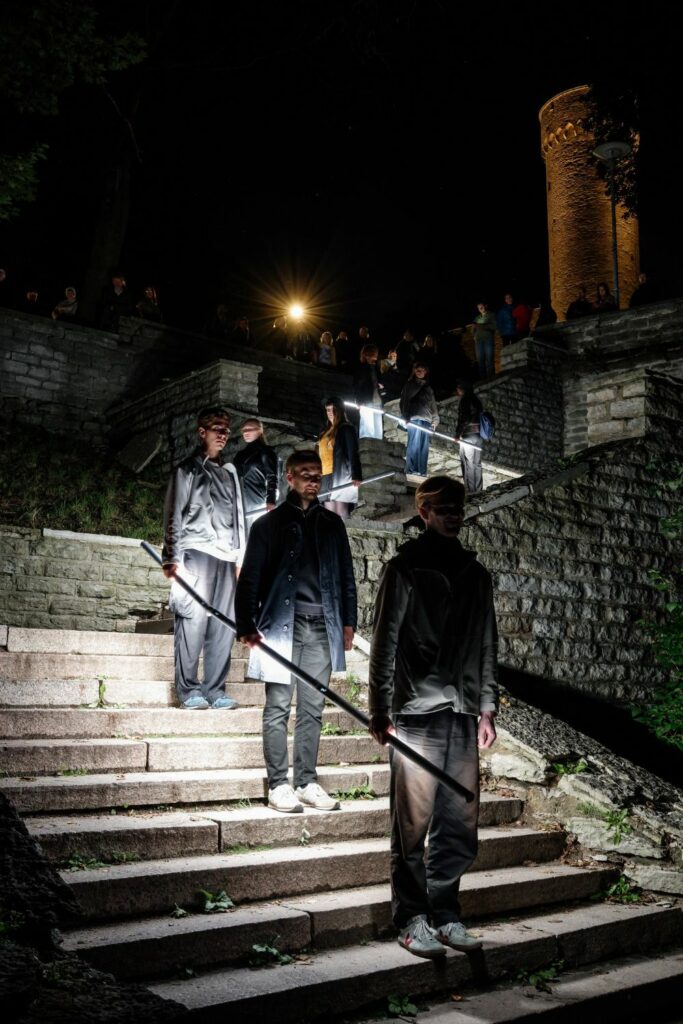
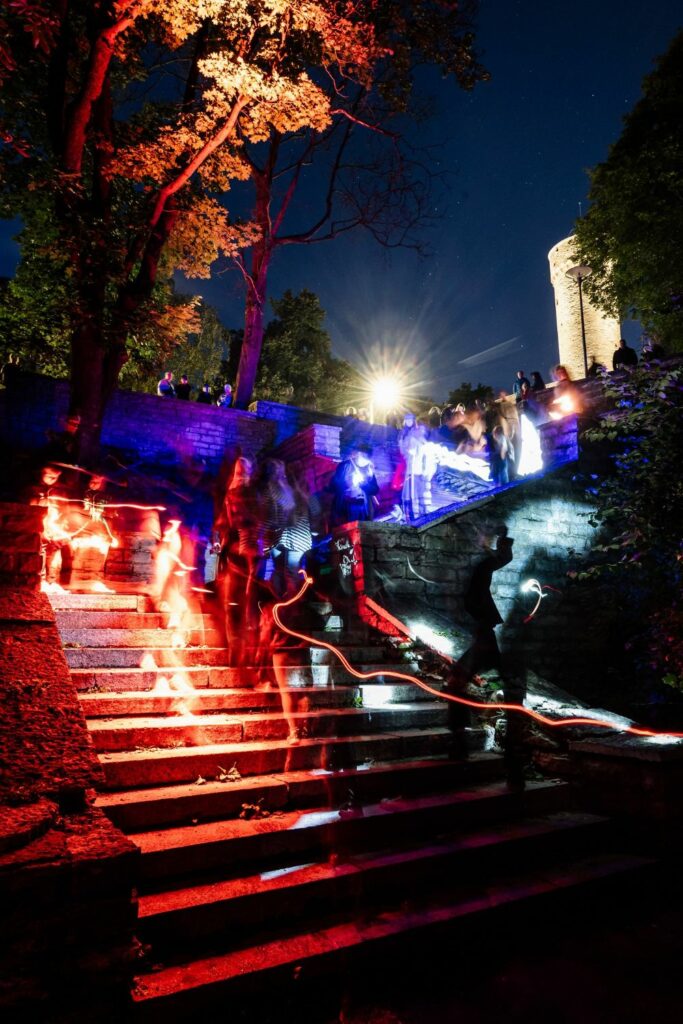
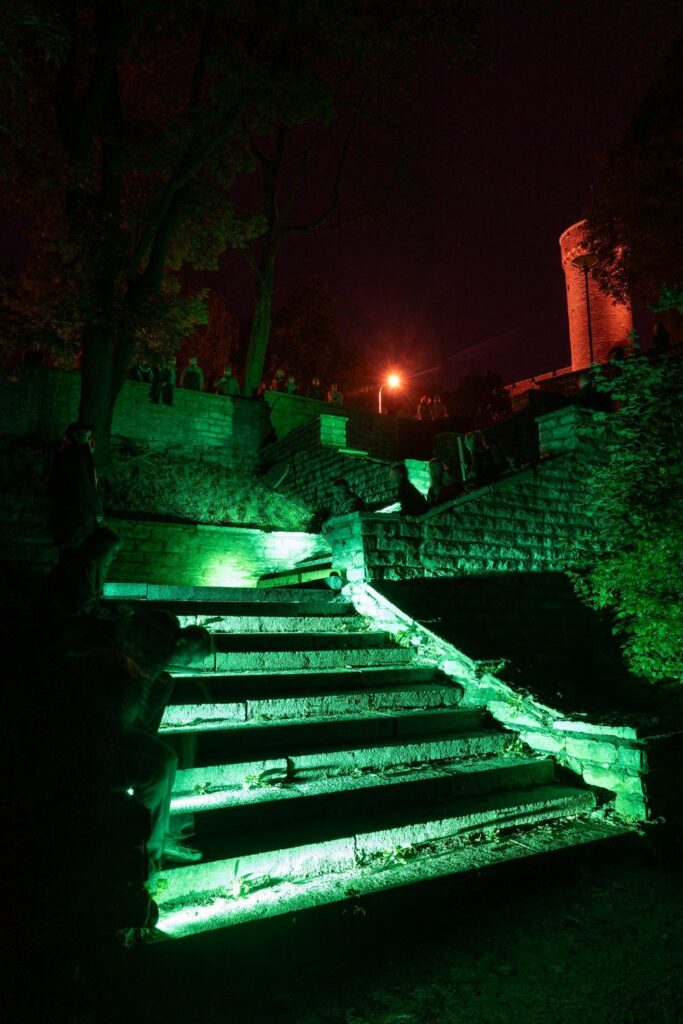
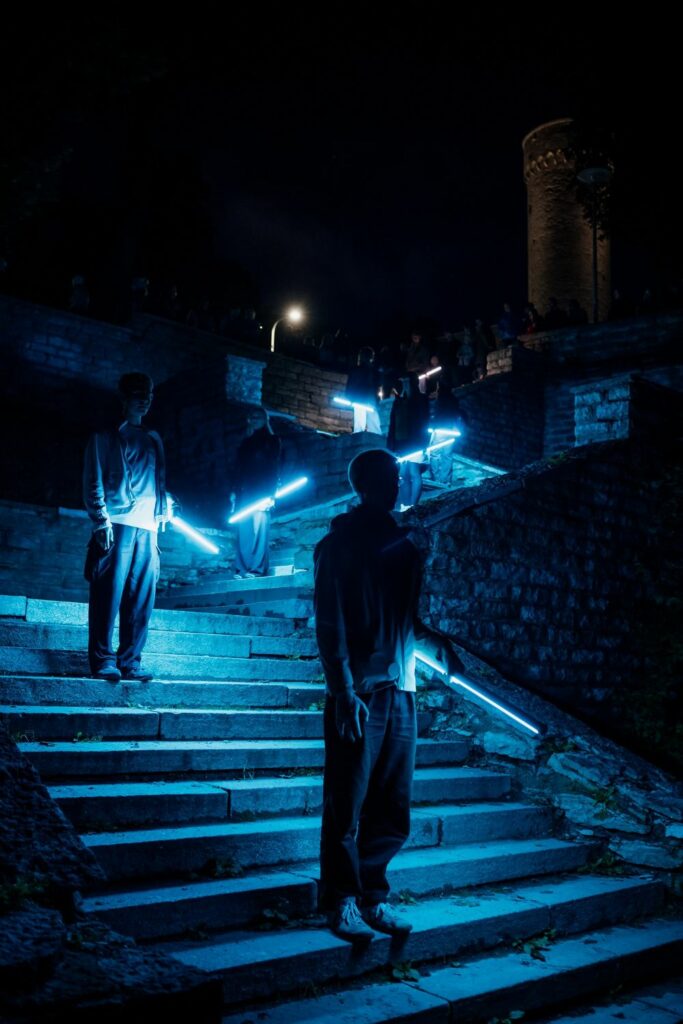
Images: © Liina-Liis Urke & Tallinn Strategic Centre
